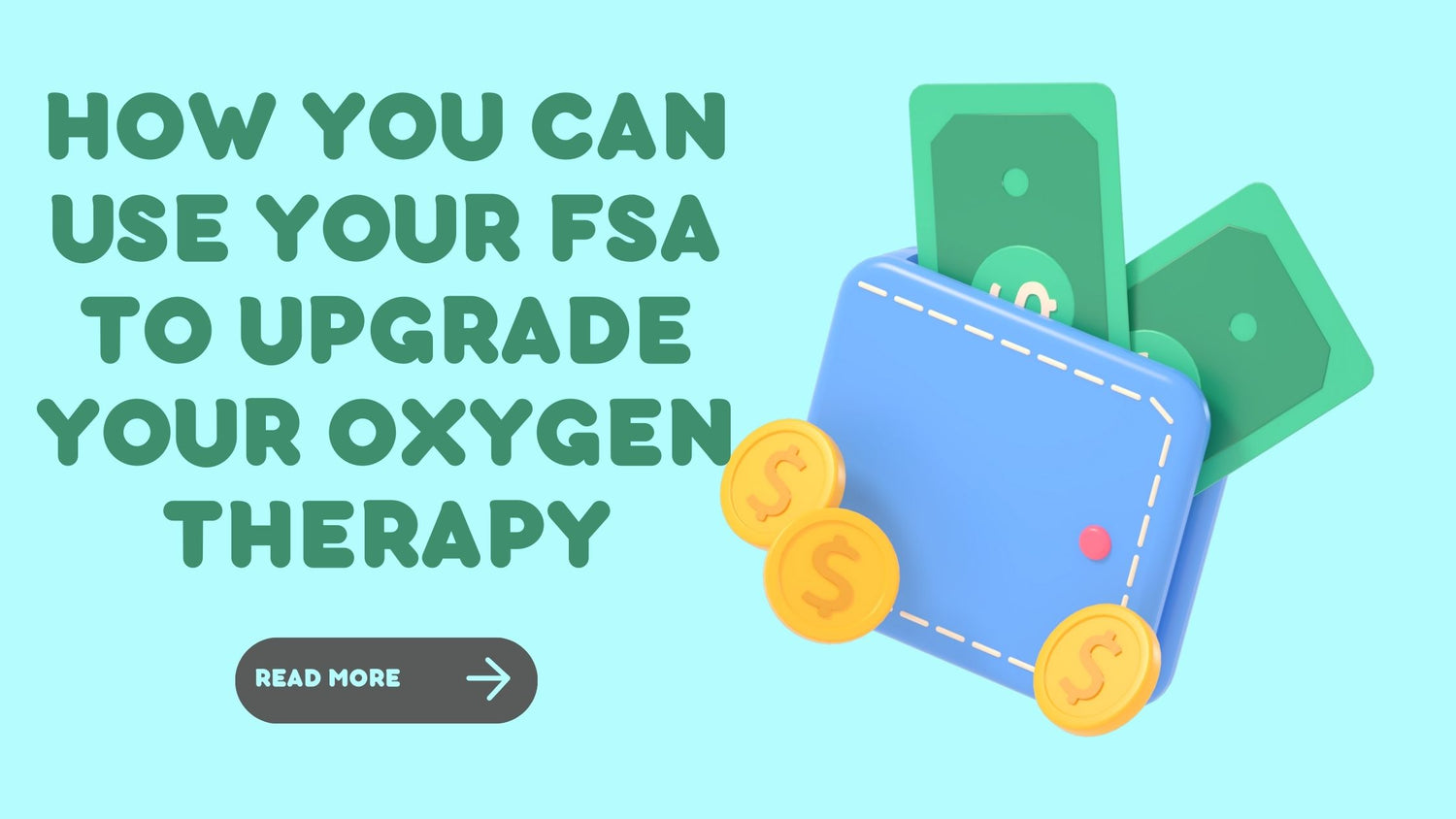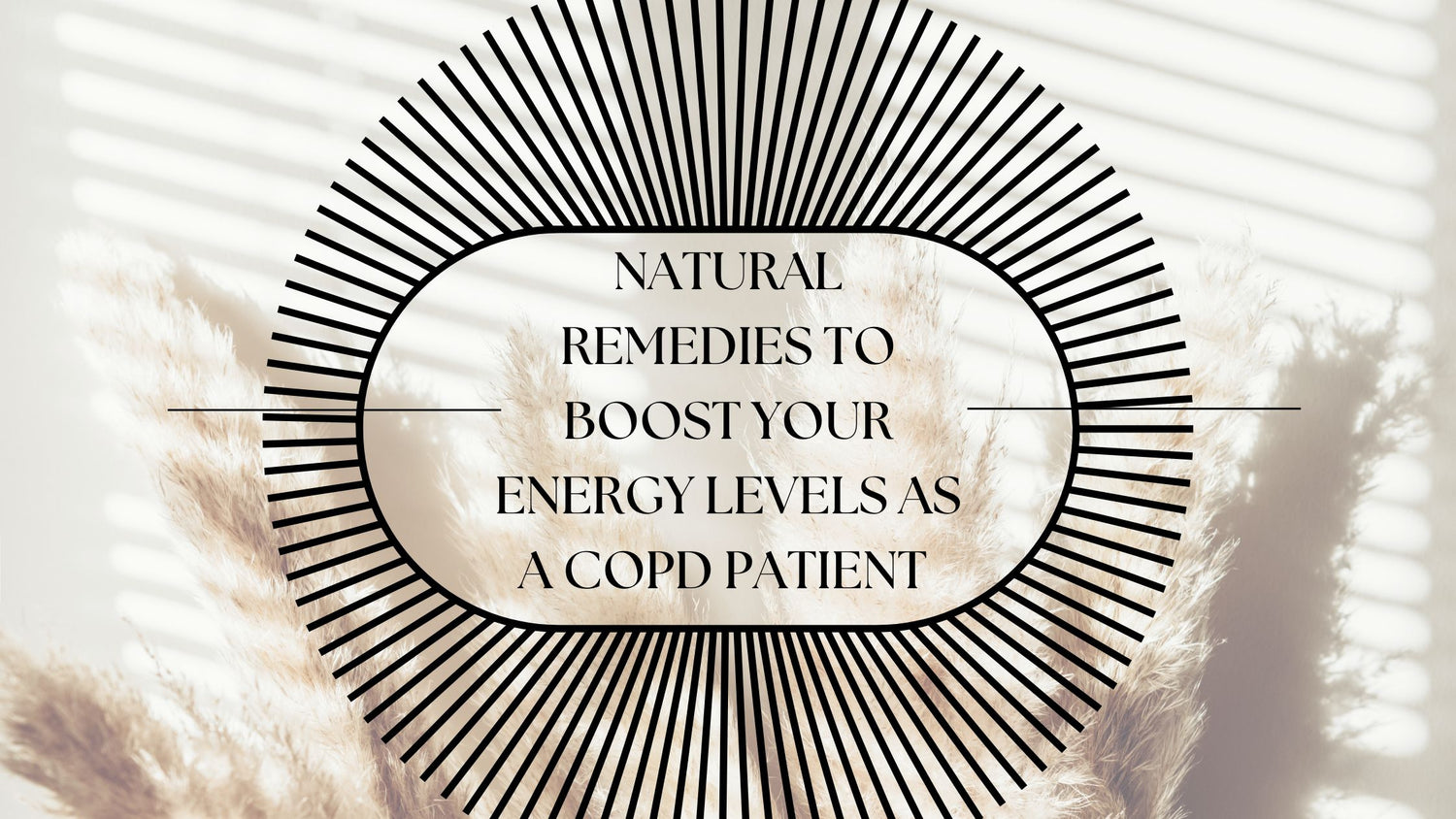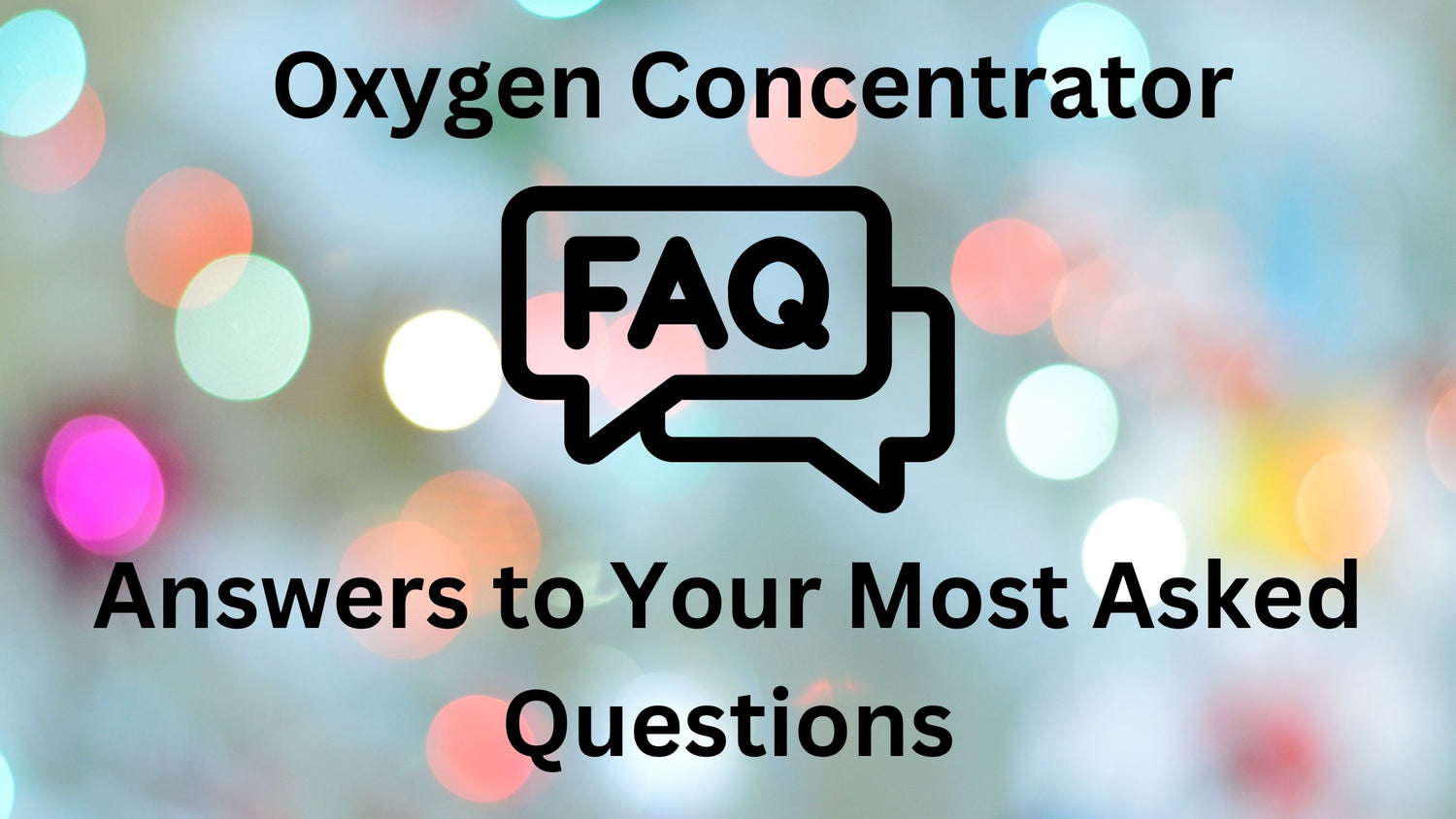Respiratory Resource Center - LPT Medical
How You Can Use Your FSA to Upgrade Your Oxygen Therapy
Flexible spending accounts (or FSA's) are a great...
Read MoreNatural Remedies To Boost Your Energy Levels as a COPD Patient
There’s nothing worse than waking up in the...
Read MoreOxygen Concentrator FAQs: Answers to Your Most Asked Questions
In this day and age, it’s harder than...
Read More


